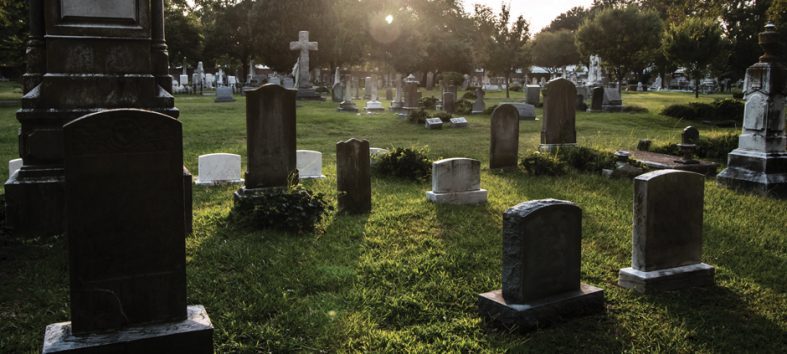‘Understanding and Recognition’ Efforts Are Going Well
The following is a sentence from an Aug. 9, 2018, article in The New York Times on Uber and the sharing economy.
“From the beginning, Uber appealed to drivers on the premise that partnering with the company would allow them to do what they really wanted to do, which was not ferrying 24-year-olds to beer halls or actuaries to the airport as a means of full-time employment.”
Notice the casual passing reference to actuaries; there is no reason why the author could not have instead said accountants or lawyers. The author assumes that most readers have heard of actuaries. This would have been far from the case 40 years ago when I became an actuary.
We seem to have been doing a good job of publicizing our profession.
Howard Mahler, MAAA, FCAS
Boston, Mass.
Gravestones as Teachers
I enjoyed Kevin S. Wolf’s article, “A Long Stroll Through Avoca Cemetery” (July/August 2018), and support his suggestion that other actuaries study mortality experience from cemeteries. I am fortunate to live within easy walking distance of Green-Wood Cemetery in Brooklyn, New York (a National Historic Landmark of 478 acres with 560,000 “permanent” residents), and similar to Mr. Wolf’s experience at Avoca, I am constantly surprised by what I discover.
Contingencies was kind enough to publish my article, “Mortality Experience of Civil War Veterans” (July/August 2015), which used dates of births and deaths from Green-Wood’s archives. I believe many cemeteries contain a treasure trove of information regarding the way Americans have lived and died during the past years.
Philip Lehpamer, MAAA, FSA (retired)
Brooklyn, N.Y
‘Avoca’ Article Echoes Seminal Northampton Mortality Table
Kevin Wolf’s excellent article on mortality data from Avoca Cemetery brings to mind the data used in the Northampton Mortality Table, which was the first actuarial table used for insurance purposes.
The table was based on data on 4,689 deaths in the parish of All Saints in Northampton England between 1735 and 1780. Dr. Price, the author of the table, had some confidence in the completeness of the data underlying the table because people born in a rural parish in England in the 18th century seldom moved from the parish.
Edwin Hustead, MAAA, FSA
Alexandria, Va.





